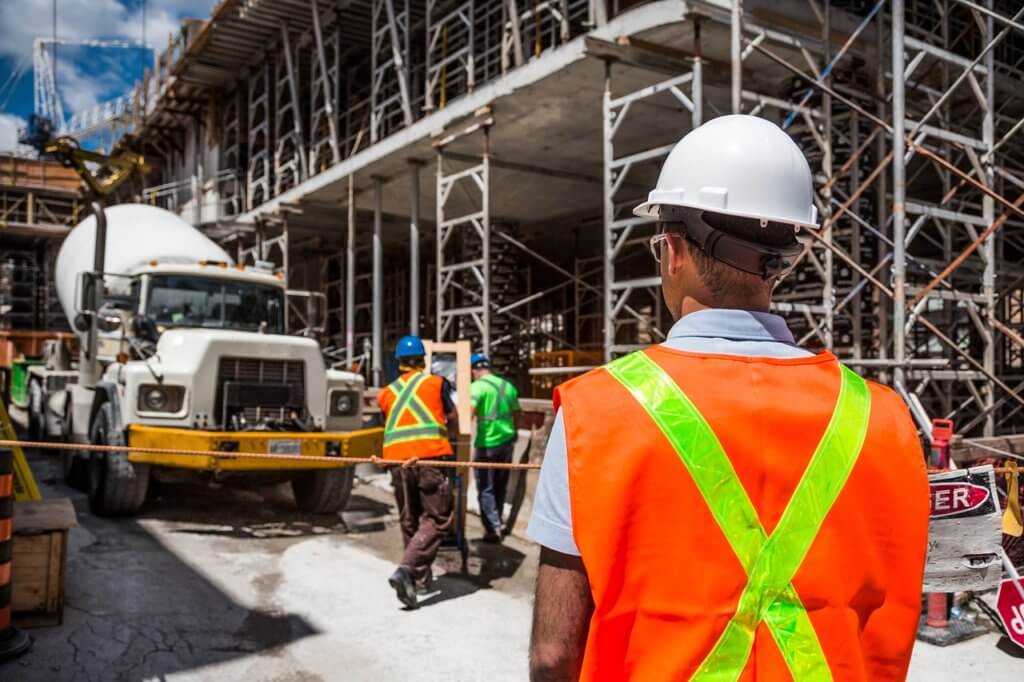Every year, thousands of workers get injured due to workplace hazards. In 2015, 388 workers were killed in California due to occupational hazards in their workplace. The same report also revealed that such cases have risen to 10 percent nationwide from 2014 to 2015.
Many of these construction and workplace accidents can be prevented with proper implementation of safety regulations. Engineers, architects, contractors, and subcontractors may have been negligent when it comes to workplace safety measures, which can lead to disastrous results.
Those who suffer from occupational injuries and illnesses also face expensive medical bills and more pain and suffering which hinders them from working efficiently or prevents them from working at all. These scenarios make awareness in Cal/OSHA regulations essential.
Knowing the Cal/Osha Regulations
The California Occupational Safety and Health Act (Cal/OSHA) Regulations were enacted in 1973. Since then, employers who had businesses in the state have been obliged to adhere to these regulations with very few exceptions. The Cal/OSHA Regulations also cover virtually every employee in California including those working for the state and local government. Some employers get exempted and operate on federal land, but would still need to adhere to the federal OSHA requirements.
The Cal/OSHA regulations provide standards for employers on what they have to do to protect their workers from potential hazards in their workplace. The Injury and Illness Prevention Program standard is applied to almost all workplaces, along with the Hazard Communication standard. Lead, Asbestos, and Fall Protection standards tackling specific hazards, on the other hand, are only applied to a few workplaces.
Several workplace issues that the Cal/OSHA regulations cover include the following:
- Tripping and falling hazards
- Toxic substances
- Machine hazards
- Heat illness prevention
- Hazardous equipment
- Electrical hazards
- Hazardous waste
- Infectious diseases
- Fire and explosion hazards
- Trenches
- Specific operations
- Ergonomics
There are approximately 12 states and jurisdictions that have health and safety plans approved by the federal government — and California is one of them. All of these plans must take precedence over the federal OSHA.
How the Cal/Osha Regulations Help Workers
Private-sector employers must comply with the applicable workplace safety and health laws that are enforced by the OSHA standards for them to be able to operate in California. If employers fail to adhere to the safety standards of the working conditions of the state, they can face various penalties for noncompliance.
The Cal/OSHA standards are enforced by inspections, fines, and issuing citations. They inspect workplaces when a serious injury or death occurred in a site, or when complaints are filed by an employee or his or her representative. Cal/OSHA may also conduct inspections of randomly selected workplaces in industries that are known to have riskier workplace environments. Furthermore, the division may also inspect certain employers who have notably higher injury rates compared to other employers in their industry.
How the Cal/Osha Regulations Support Employers
Employers can find technical assistance from the Cal/OSHA Consultation Service for health and safety issues that they need to address or learn about. These services assist in complying with the standards, publications, educational seminars, and on-site visits without charge.
It should be noted, however, that the Consultation Service is separated from the Cal/OSHA Enforcement Unit. Know that consultants are not part of inspections, fines, and citations. Any form of communication between the Consultation service and the employer would also remain confidential. Employers must understand that they have to correct any identified hazards in their workplace environment immediately if they wish to have free consultations.
For the publications, Cal/OSHA provide information about their programs and standards along with general health and safety topics.
Protect Your Rights as a Worker in California
If you ever get seriously injured in your workplace, it’s important to be aware that you are a victim of a construction and workplace accident. Know that you have the right to seek damages against all parties at fault when these kinds of accidents happen.
As the complainant, you must determine and show evidence proving that the other party became negligent, before pursuing your claims and be given the proper compensation you deserve Below are the basic requirements that you need to do to prove your claim:
- Take a picture of the scene where the accident happened
- Take photos of your injuries if possible
- Secure information about insurance and the other party’s contact details
- Get details from and contact information of potential witnesses
- Acquire an incident report from the property owner
- Call the authorities if you can to investigate the scene of the accident
- Ask for copies of CCTV footage of the accident if they are available
Gathering as much evidence as you can to prove the other party at fault is essential, especially in a personal injury lawsuit. But know that proving that you suffered some form of injury due to the negligence of the contractor is not enough to get you the compensation you deserve. It would be helpful to seek legal advice from experienced attorneys in Los Angeles even if you have all the evidence for your claim. You can be assured that your case will be handled by a professional. Seek proper legal help from expert lawyers and get the compensation you deserve from the accident you’ve experienced in the workplace.








